body worn cameras on towpaths
The Canal & River Trust is to commence the use of body worn cameras for its customer service employees whose role includes day-to-day interaction with those on the towpath. The cameras will initially be used daily by its boat licence customer support team in the Trust’s London & South East region in response to increased concerns about the potential for confrontation, abuse or harm whilst conducting their work.
Body worn cameras have been used in specific instances by the Trust’s boat licence customer support teams across the network since 2019. The development will now see cameras issued as standard for day-to-day duties, including interacting with towpath visitors, assisting boaters, and when issuing notices or other written communications.
Body worn cameras have become increasingly familiar in other areas of society, for example on trains, hospitals and retail settings. Many frontline emergency services deploy them across their workforce in response to an increase in threatening and abusive behavior.
Many Trust colleagues frequently work alone on the towpath so, alongside other procedures, the body worn cameras will be a tool to support them while they go about their daily jobs. The use of body worn cameras will provide legally admissible evidence if the Trust needs to act against those who abuse or threaten colleagues or customers.
Whilst instances of poor behaviour are rare, like other areas of society it is on the increase and the Trust will not tolerate assaults on employees, volunteers or contractors and other customers. Offenders will be dealt with robustly and the Trust will seek to bring criminal proceedings against those responsible where necessary.
The use of body worn cameras will get underway later in September with a potential roll-out elsewhere on the network in due course.

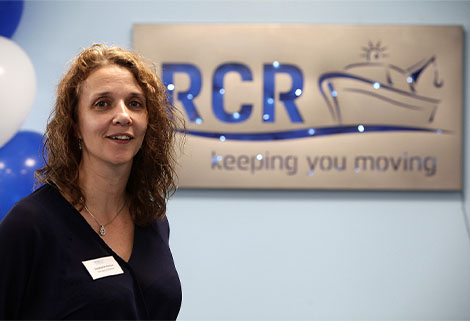
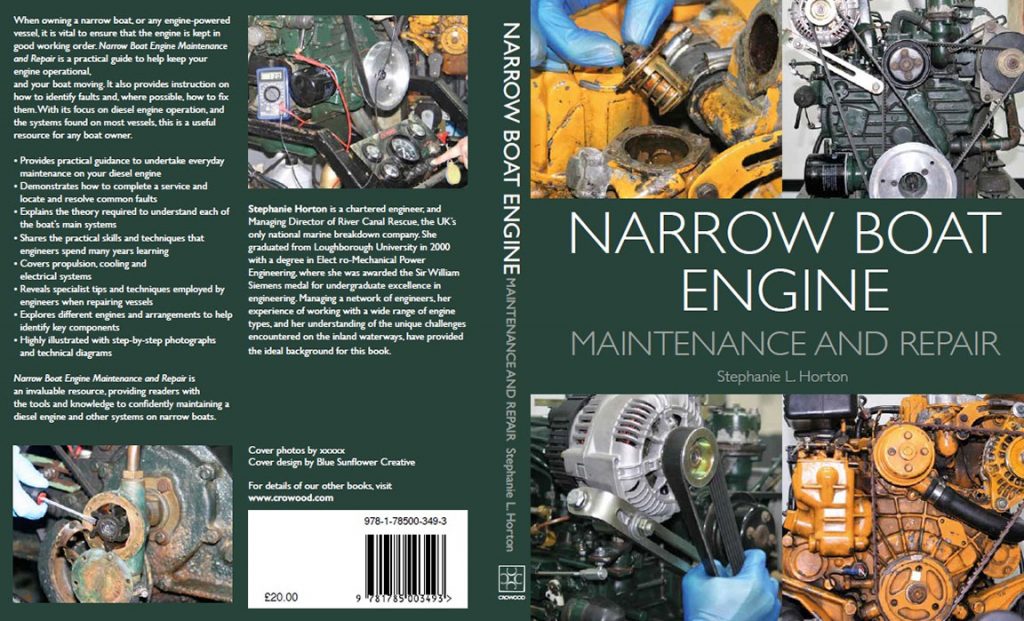
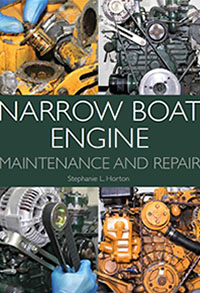 Reader feedback includes:
Reader feedback includes: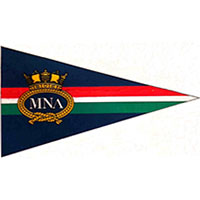
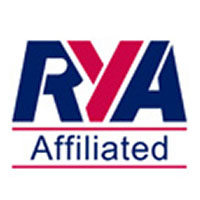
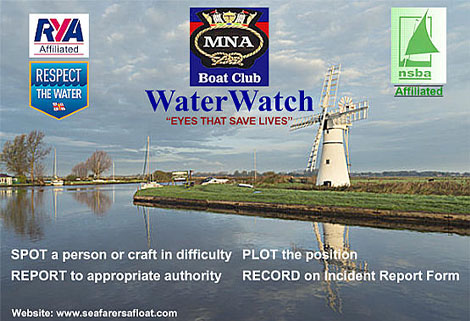
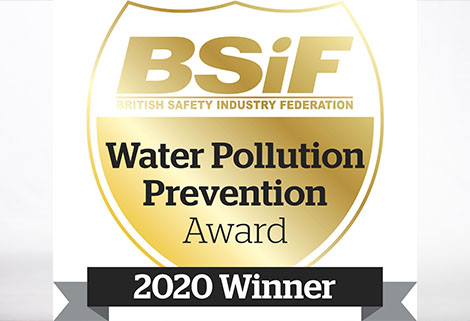 The British Safety Industry Federation (BSIF) is the UK’s leading trade body for the safety sector and its annual Safety & Health Excellence Awards cover four categories; product innovation, safety solutions, customer service and water pollution prevention (the latter added in 2020).
The British Safety Industry Federation (BSIF) is the UK’s leading trade body for the safety sector and its annual Safety & Health Excellence Awards cover four categories; product innovation, safety solutions, customer service and water pollution prevention (the latter added in 2020).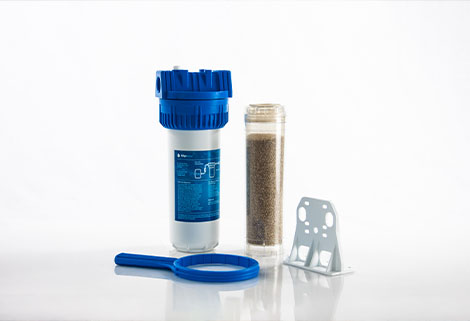
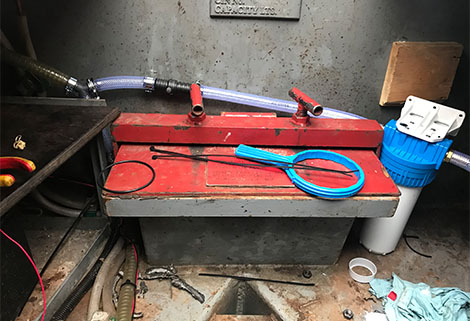 BSIF marketing manager, Ian Crellin, announced the winners at the end of April: “These Awards recognise the excellent work that goes on within the safety industry; we celebrate the constant innovation, expert knowledge and quality service that goes on every day - all with a goal of keeping people safe.”
BSIF marketing manager, Ian Crellin, announced the winners at the end of April: “These Awards recognise the excellent work that goes on within the safety industry; we celebrate the constant innovation, expert knowledge and quality service that goes on every day - all with a goal of keeping people safe.”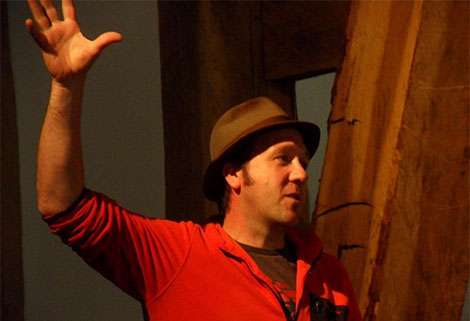 So I’ve been a storyteller for about 24 years. I work all over the British isles at festivals and events and in schools, colleges and universities. Originally, I was a street theatre performer, fire breather and stilt walker.
So I’ve been a storyteller for about 24 years. I work all over the British isles at festivals and events and in schools, colleges and universities. Originally, I was a street theatre performer, fire breather and stilt walker.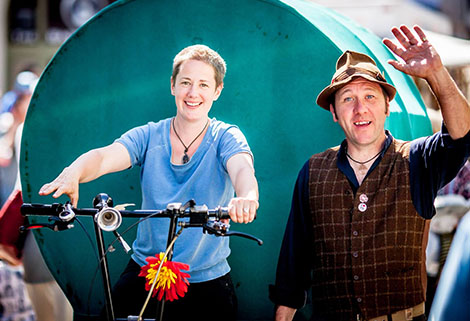 I currently live aboard Narrowboat Hawker (that features in the book) with my Wife Jo who is a puppeteer. We often have people on board for stories and shadow shows.
I currently live aboard Narrowboat Hawker (that features in the book) with my Wife Jo who is a puppeteer. We often have people on board for stories and shadow shows.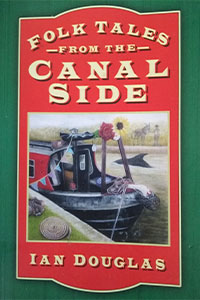 'Folk Tales from the Canal side' is one of those beautiful little books that grab you from the moment you see it. It is a nice size, easy to hold and easy to flick through. The front cover is enticing. The colours are those of a traditional canal boat, and the inset painting shows many things associated with boating, or with tales of boating: but a man with a donkey? and a whale?
'Folk Tales from the Canal side' is one of those beautiful little books that grab you from the moment you see it. It is a nice size, easy to hold and easy to flick through. The front cover is enticing. The colours are those of a traditional canal boat, and the inset painting shows many things associated with boating, or with tales of boating: but a man with a donkey? and a whale?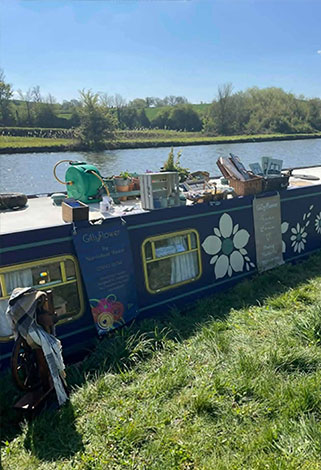 If you see a 55' purple boat with large cream flowers on, that is my gorgeous GillyFlower, so wave or stop by and say hello! My name is Peri
If you see a 55' purple boat with large cream flowers on, that is my gorgeous GillyFlower, so wave or stop by and say hello! My name is Peri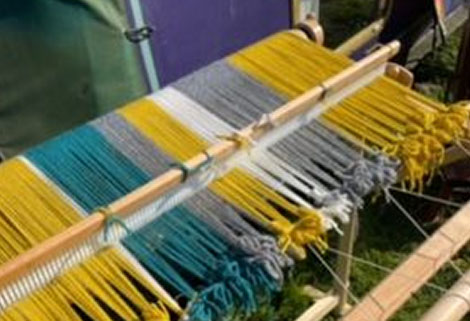
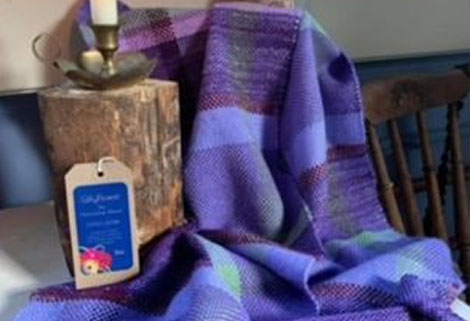
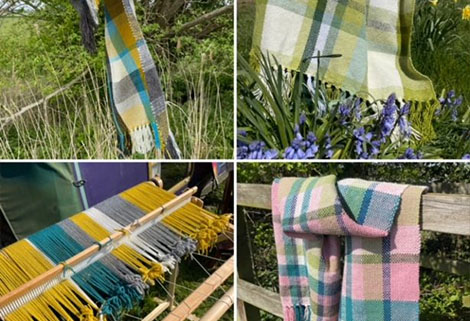
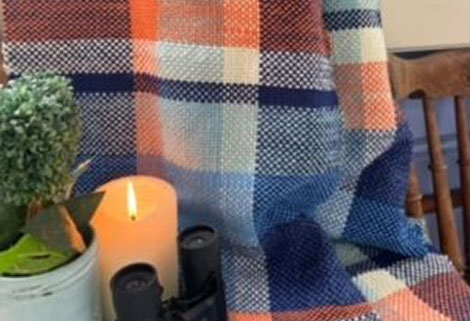
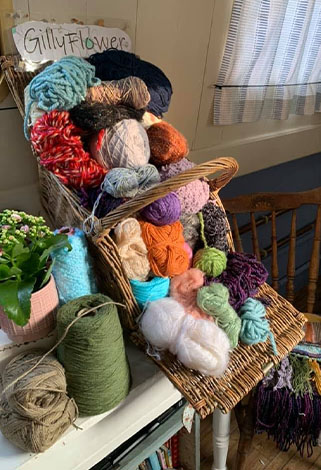
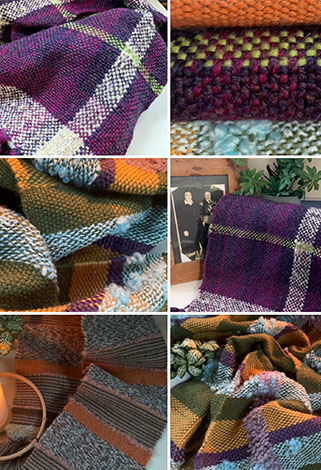
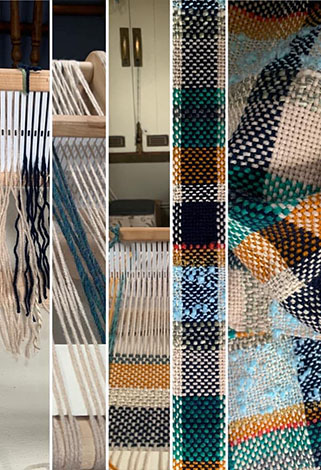


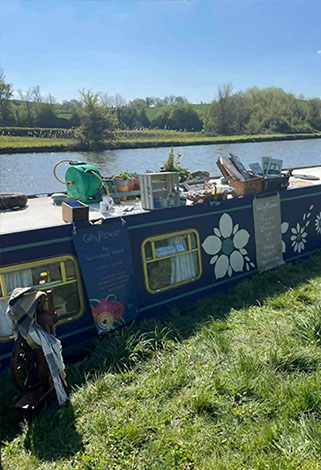
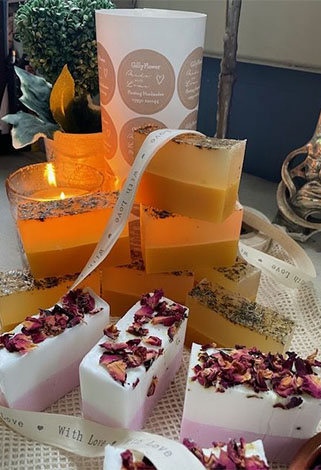
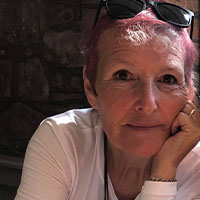 Peri Pigott has been a liveaboard boater since 2014, and a floating trader for the last few years. She generally trades on the Gloucester and Sharpness Canal, but also sells through the internet, so don't be put off by distance!
Peri Pigott has been a liveaboard boater since 2014, and a floating trader for the last few years. She generally trades on the Gloucester and Sharpness Canal, but also sells through the internet, so don't be put off by distance!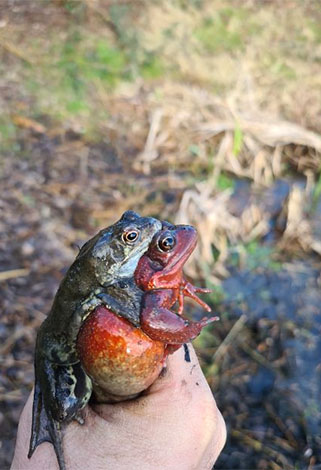
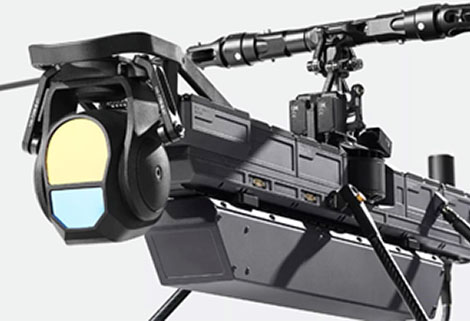
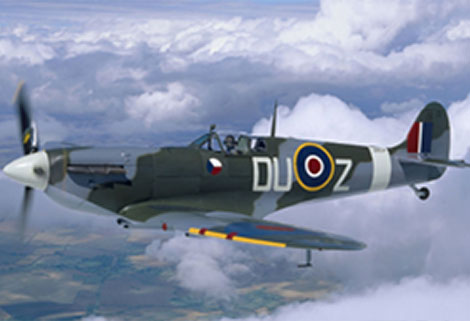
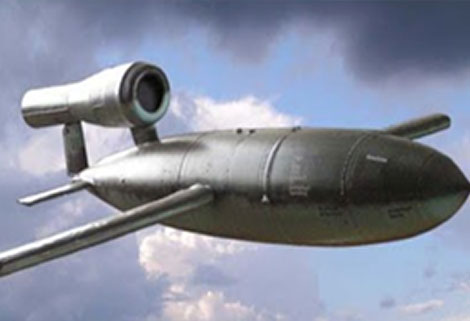
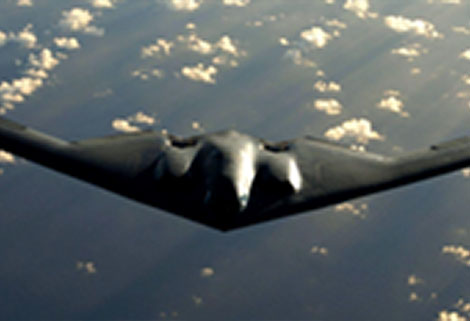
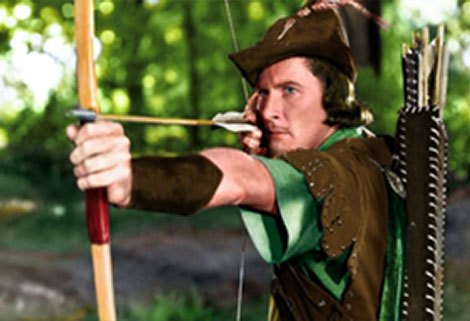
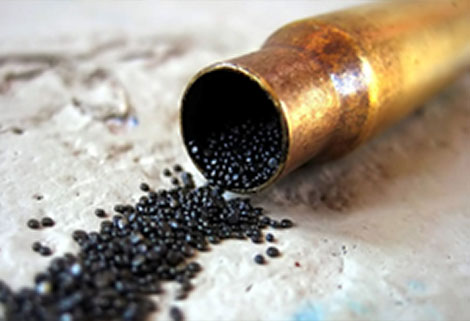


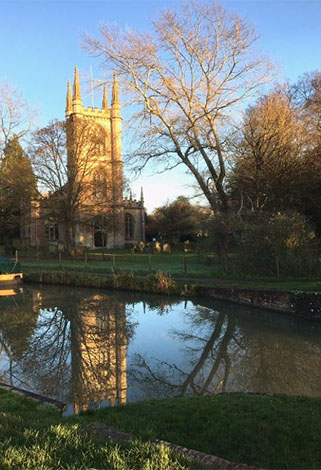
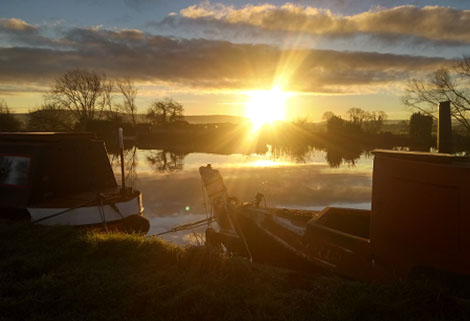 I was quite overwhelmed with this alternative way of living. I had thought that every boater I saw was there for the fun of it and was having a good time, not realising the back stories and sometimes great needs that had arisen for a variety of reasons. We chaplains are here to help in whatever way we can. We are not here to get you into church if you don’t want to come!
I was quite overwhelmed with this alternative way of living. I had thought that every boater I saw was there for the fun of it and was having a good time, not realising the back stories and sometimes great needs that had arisen for a variety of reasons. We chaplains are here to help in whatever way we can. We are not here to get you into church if you don’t want to come!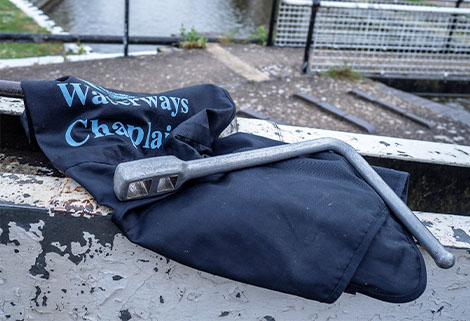 You will know us because we are given a dark blue gilet to wear with “Waterways Chaplain” printed on the back.
You will know us because we are given a dark blue gilet to wear with “Waterways Chaplain” printed on the back.